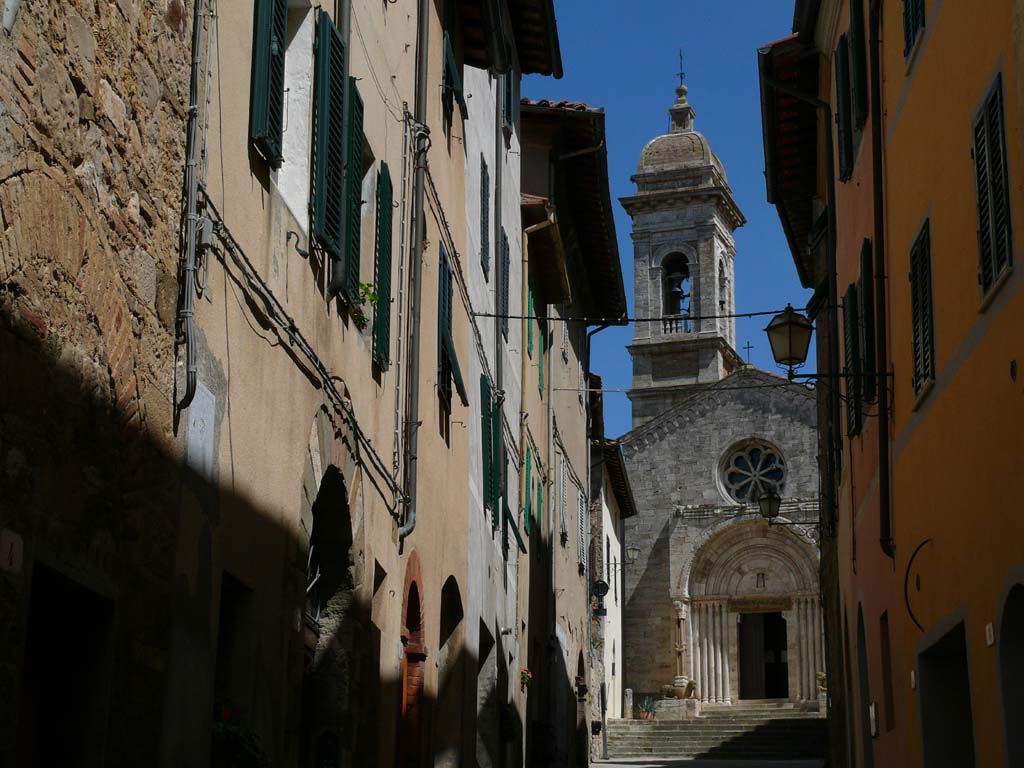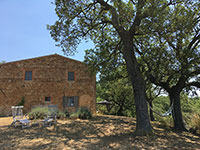San Quirico d'Orcia |
San Quirico d'Orcia is a comune (municipality) of about 2,500 inhabitants in the Province of Siena in the Italian region Tuscany, located about 80 kilometres (50 mi) southeast of Florence and about 35 kilometres (22 mi)
Main sights The frazione of Vignoni houses a castle, a residence of the Salimbeni in the 12th century. It includes a top-less tower and a Romanesque church, once housing a crufix by Giambologna, now in the Museum of Montalcino. Annexed is also the (rebuilt) 15th century Palazzo degli Amerighi, where a plot was set against the Spanish who menaced Siena in 1558–59. San Quirico is home to the following churches:
Halfway through Via Dante Alighieri, on Piazza della Libertà, is the Chiesa di San Francesco. This church is also called the Chiesa della Madonna di Vitaleta , because the Madonna of Andrea Della Robbia is kept here. The glazed porcelain sculpture is on the main altar. In June, Festa del Barbarossa takes place in the historic center of the city. During the first week of September, a party will be held on the piazza della Libertà and in the surrounding streets in honor of the Madonna di Vitaleta. The inhabitants of San Quirico d'Orcia are called Sanquirichesi.
Weekly market in San Quirico d'Orcia takes place in the historic center on the second and fourth Tuesday of the month, from 8:00 to 13:00. |
Mappa San Quirico d'Orcia | Ingrandire mappa
|
The gates of San Quiricio d'Orcia
|
||||
| One of the access ports of San Quirico d'Orcia, the Porta Ferrea or Porta Romana was blown up by German troops during World War II. From this gate, you can only reconstruct an image by old postcards. | 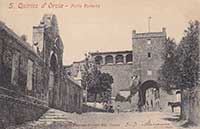 |
|||
Porta Romana
|
||||
 |
 |
 |
||
Porta dei Cappuccini (13th Century), seen from outside, Defensive Gate in San Quirico d'Orcia
|
Porta dei Cappuccini (13th Century), seen from inside, Defensive Gate in San Quirico d'Orcia | Porta dei Cappuccini (13th Century), seen from outside
|
||
The gardens of San Quirico d'Orcia
San Quirico d'Orcia has a famous garden, the Horti Leonini. This garden is a well-preserved example of a classic Italian garden of the 16th century. It's also worth mentioning two smaller gardens in San Quirico d'Orcia. The Giardino delle Rose is located between the Horti Leonini garden and the Chiesa Santa Maria Assunta.
|
||||
Musical Landscapes in Tuscany
|
||||
|
|
||||
 |
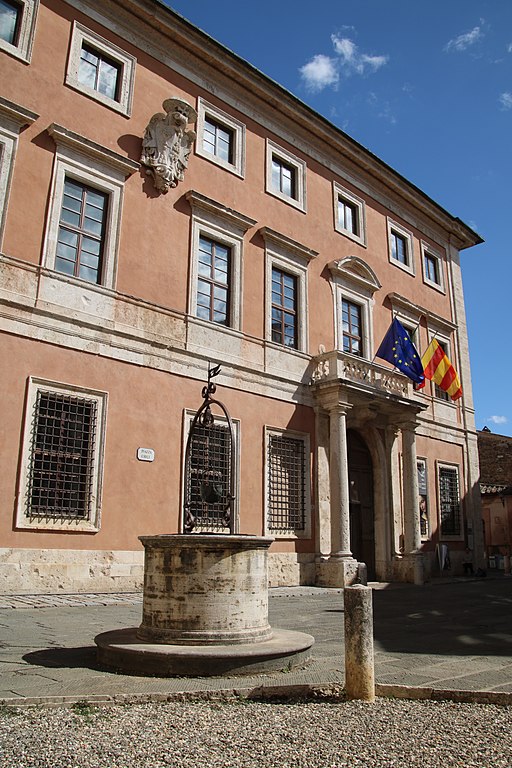 |
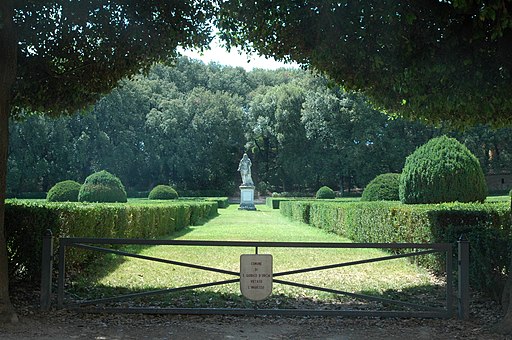 |
||
| Horti Leonini, San Quirico d'Orcia | Palazzo Chigi Zondadari, San Quirico d'Orcia |
|
Horti Leonini, San Quirico d'Orcia
|
|
 |
 |
 |
||
Giardino delle Rose, Horti Leonini, San Quirico d'Orcia
|
De Collegiata kerk in San Quirico d'Orcia
|
Chiesa San Francesco, San Quirico d'Orcia
|
||
|
Galleria fotografica Val d'Orcia
|
||||
Near San Quirico d'Orcia is a beautiful small chapel, the Capella Vitaleta.. This spectacular sight is set on a hill on the road to Pienza. The chapel was restored in 1184 by the architect Giuseppe Partini and recently placed on UNESCO's World Heritage List. On the road from Montalcino to San Quirico d'Orcia is a second iconic image of the Val d'Orcia, a small group of cypresses. |
||||
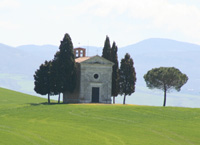 |
 |
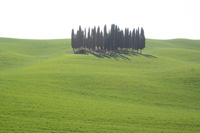 |
||
Cappella della Madonna di Vitaleta, nei pressi di San Quirico d'Orcia
|
Cipressi e la Cappella della Madonna di Vitaleta, tra Pienza and San Quirico d'Orcia
|
Cipressi tra San Quirico d'Orcia e Montalcino
|
||
 |
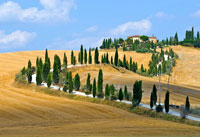 |
 |
||
Cipressi nella Val d'Orcia. La storia di Cyparissus nella Metamorfosi di Ovidio
|
I cipressi e Villa La Foce, l'ultimo giardino di Iris Origo e Cecil Pinsent | Ingresso di Villa La Foce. C'è un mazzo di cipressi davanti alla porta |
||
Bibliography
|
||||
Restaurants in San Quirico d'Orcia
|
||||
|
||||
|
||||
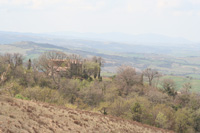 |
||||
Podere Santa Pia
|
Podere Santa Pia | Colline sotto Podere Santa Pia |
||
|
|
Album Crete Senesi | Album Monte Amiata |
||
 |
 |
 |
||
|
||||
